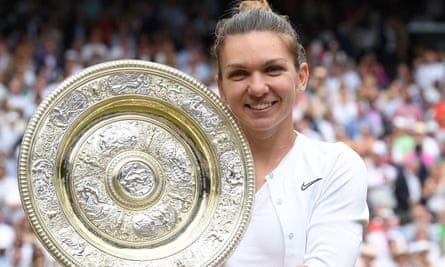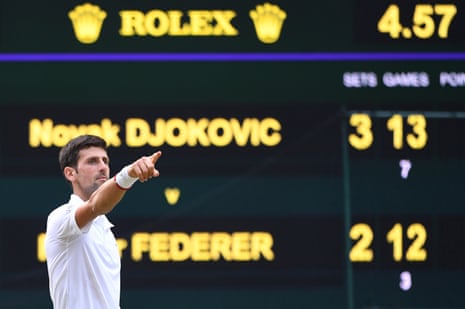If you wanted to put the popularity of women’s football into figures then the most impressive one is 11.7 million. That’s the number of people in the UK who watched England’s World Cup semi-final against the USA on TV. In these days of multi-channels and platforms that is properly large, suggesting that, at least at the international level, women’s football has captured not just the public’s attention but also its imagination.
Of course, that is not to say that it is going to rival men’s football anytime soon, but it does say a few other things. From being viewed as a joke or a kind of pathetic imitation of the men’s game, women’s football has gradually gained respect among women and men. Having ranked as an obscure curiosity, it has established mainstream appeal. And from being subject to the casual and sometimes premeditated sexism that has dominated the sport, women’s football has forged a basis for equality.
Not equality of pay or celebrity but in terms of performance. After all, the Women’s World Cup featured the same rules and regulations as any men’s football tournament. There was no lighter load or lesser demand. And that’s something from which a sport that has led the way in fighting the female cause could learn a lesson.
Back in the dark days of sporting sexism, when women were seen primarily as genteel amateurs or competitors to be judged by their appearance, women’s tennis was the crucible of what was to be a long and largely victorious battle to gain parity with male players. This was the era of the so-called Battle of the Sexes, the name given to the 1973 televised exhibition matches between the 55-year-old former world No 1 Bobby Riggs and women’s champion Billie Jean King.
As the recent Hollywood film based on the clash put it, Riggs intended to put the show back into chauvinism. “The best way to handle women is to keep them pregnant and barefoot,” he announced. In the event King won what was a bizarre spectacle, but perhaps more importantly she played a key role in helping to organise women’s players so they could achieve financial parity with the men’s game.
Speed forward a few decades and at Wimbledon this year the winner of the men’s title Novak Djokovic earned £2.3m, while the winner of the women’s title Simona Halep got exactly the same amount. It has been a principle for a number of years now that there is no difference in men’s and women’s pay at the top of tennis. So normalised has it become that to question the policy is to immediately occupy the misogynistic position – and who but some unreconstructed neanderthal wants to do that?
Well, here goes: there is something wrong about equal pay, at least in the four grand slam tournaments. The problem was exemplified in this year’s respective Wimbledon singles finals. Djokovic took four hours and 57 minutes to beat Roger Federer in an epic match that tested every aspect of the two competitors: skill, stamina, mental strength, you name it.

Halep, by contrast, finished her match against Serena Williams in just 56 minutes. That is more than four hours less time than the men’s final. The Romanian played the match of her life and deserved to win. But still, 56 minutes? You don’t book Centre Court by the hour. One reason for the disparity is that in grand slam events, men play the best of five sets. But the women play the same as they do in any other tournament on the circuit: the best of three sets.
The question is why? Do they lack the stamina to go five sets? As professional women’s tennis players are superb athletes, and women are perfectly capable of running marathons or playing 90 minutes plus injury time and extra time in football, then the answer has to be no. Three years ago Djokovic got into hot water when he protested that men should be paid more than women’s tennis players. Noting that it was a delicate subject, he began his argument by stating that he supported women’s fight for equal pay. “I applaud them for that, I honestly do. They fought for what they deserve and they got it.”
But rather like those misleading moments on court when the Serb looks as if he’s about to collapse, Djokovic was not finished. “On the other hand, I think that our men’s tennis world, ATP world, should fight for more because the stats are showing that we have much more spectators on the men’s tennis matches,” he concluded.
Quick GuideFollow Guardian sport on social media
Show

Twitter: follow us at @guardian_sport
Facebook: like our football and sport pages
Instagram: our favourite photos, films and stories
That seems like a rather crude argument to me, and also one that could easily be reversed if a popular group of women players were to emerge and Federer, Nadal and co finally retire. So it was no surprise that Djokovic appeared as if he wanted to resurrect the old men-favouring status quo.
However, whisper it softly, at the very top of the women’s game, less is required of the players and, as a consequence, it makes for less compelling competition. Now you can say many things about the women’s football World Cup but it certainly delivered in terms of human drama. There was the same kind of exertion and near exhaustion for the players as you see in the male version.
Unless there is a global political revolution in the offing, then equal pay in football is about as likely as the Faroe Islands winning the World Cup (men’s or women’s). But at least you can make the argument in the abstract on the perfectly valid grounds that they are doing the same job. You can’t do that in tennis, not in the grand slam competitions that matter most. And that ill-serves the case for parity. Equal pay for equal work is a noble rallying cry. But it’s not one that can be used in good faith in tennis at the moment.
Riggs, that clown prince of chauvinism, once identified what he saw as the trouble with the women’s game. “Those women think they’re men, and they go off hitting all over the place,” he said. “They’d be better off if they’d played like women.”
The irony is that having beaten him, women’s tennis continues to take his advice.

